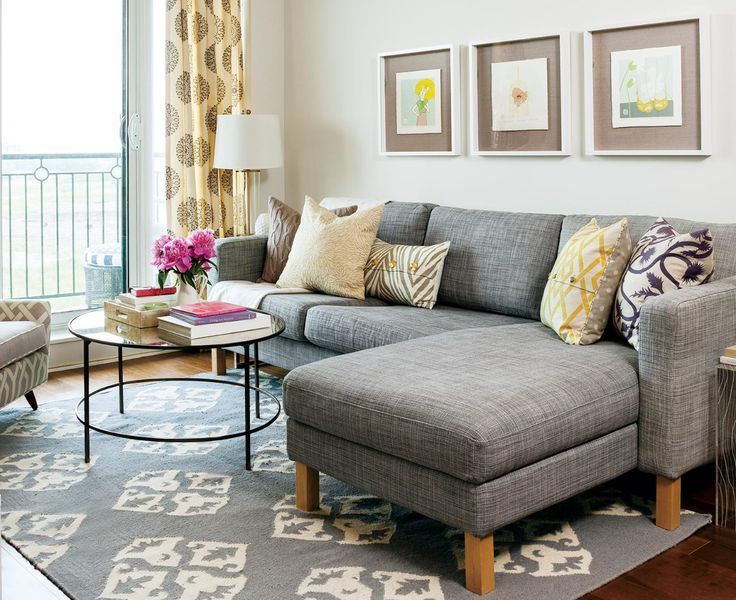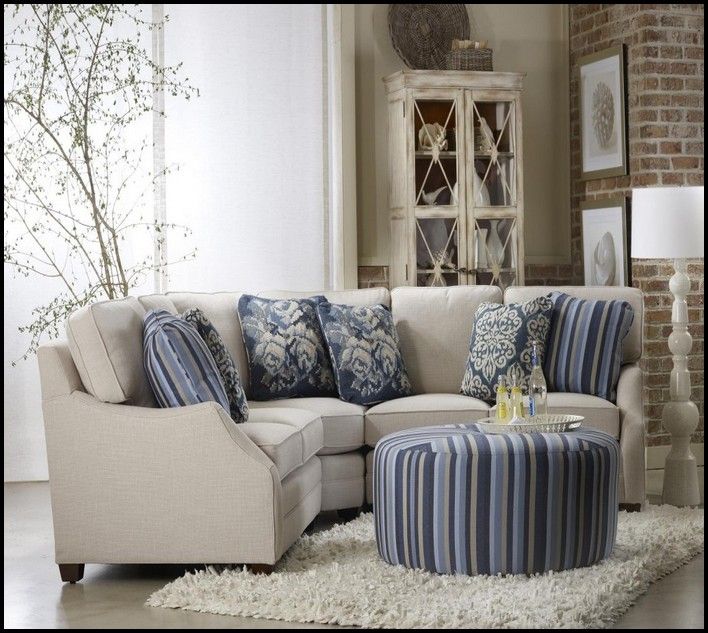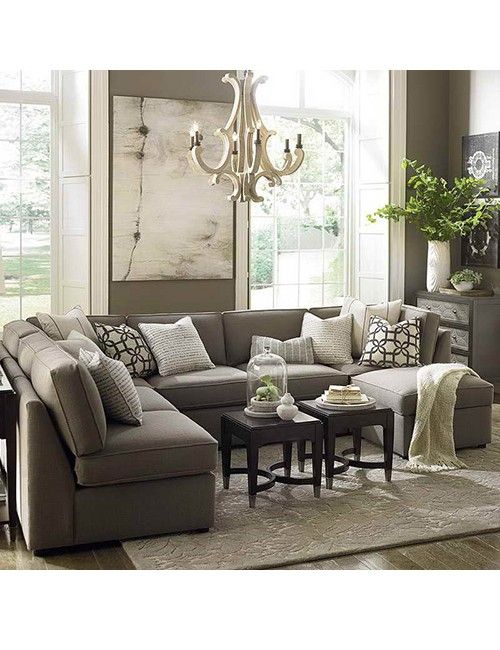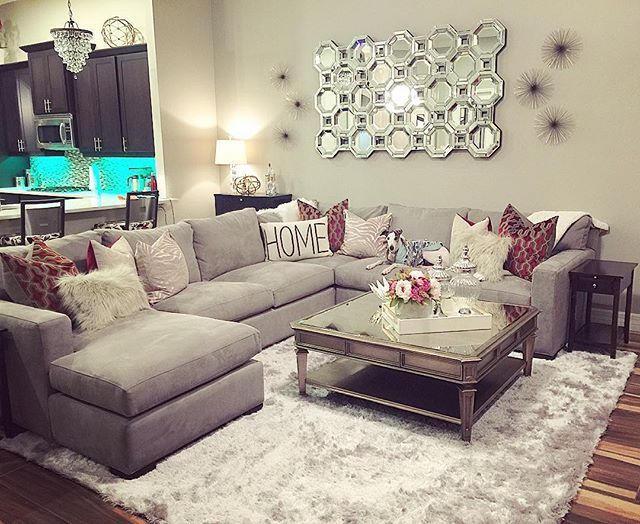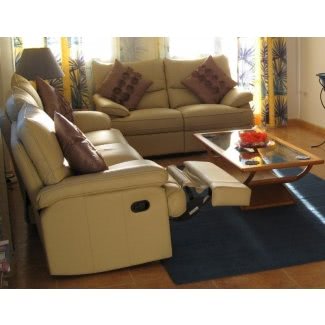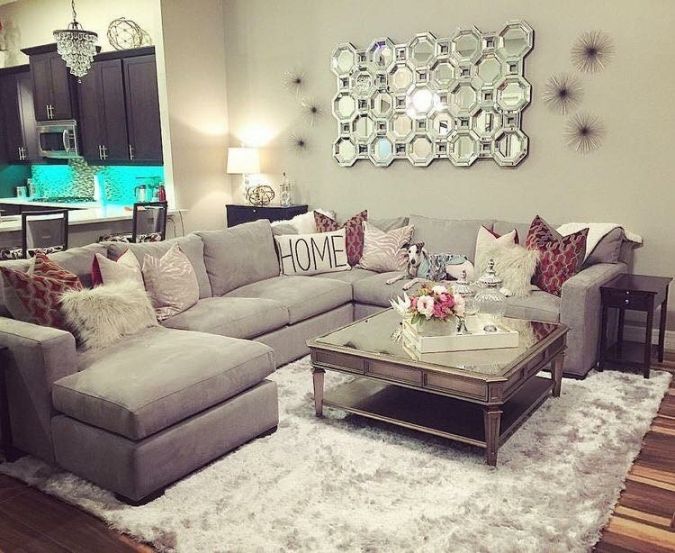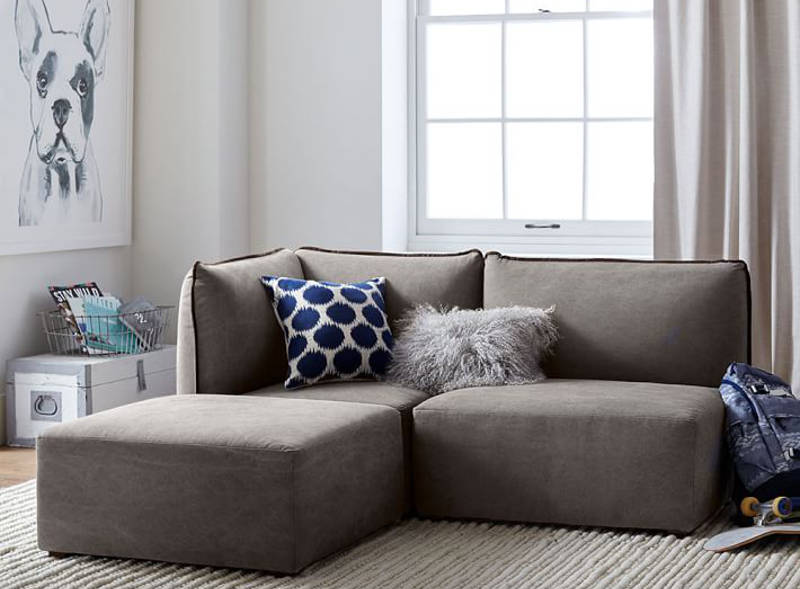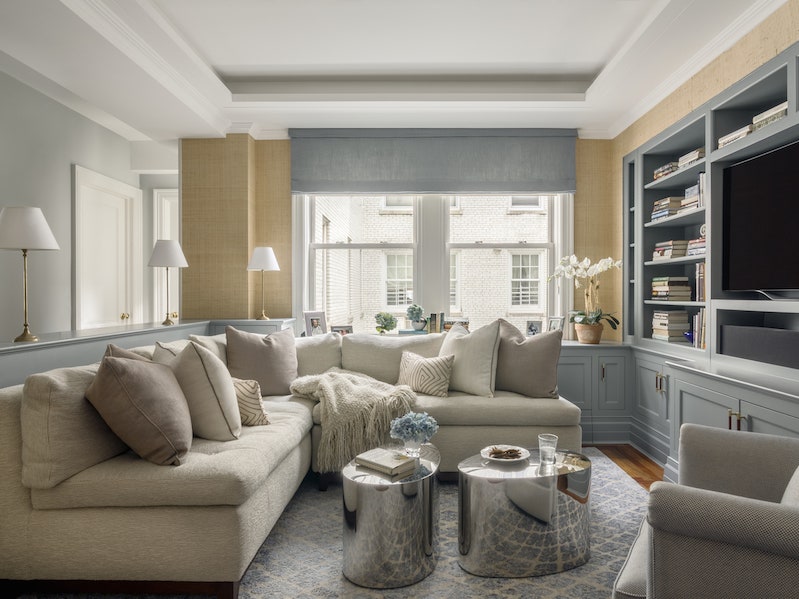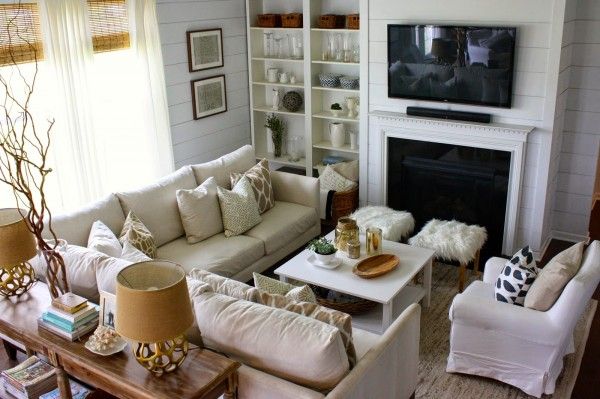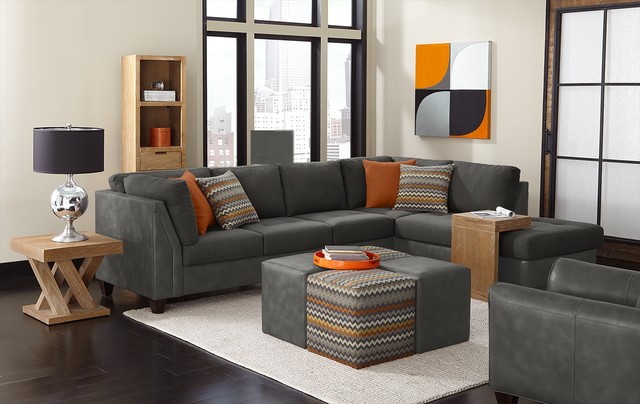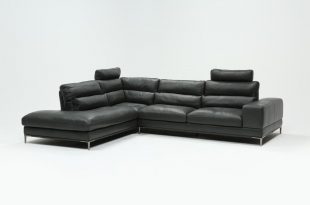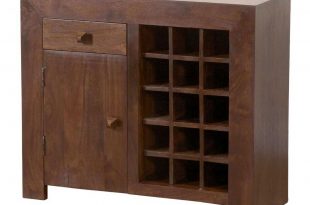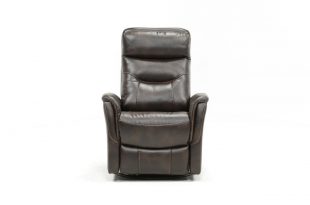Putting furniture in terms of aspect and style may feel right. Customize the sectional sofas for small living rooms as needed until you feel that they are really soothing to the eye and they appear appropriate according to their functionality, as you would expect. Pick a place whose size is currently optimal and whose angles and sofas you should adjust. In some cases, the sectional sofas for small living rooms are a specific unit, multiple elements, a center point or a highlight of the other highlights of the room. It is important that you place them so that they keep up with the dimensions and arrangement of the room.
When looking at the appearance you want the most, make sure that the associated color choices stay in one. Otherwise, you may want to resolve the colors in a random pattern. Pay special attention to how sectional sofas for small living rooms get along with others. With wide sofas and sections, the main components must be well balanced with smaller or even smaller components.
There are different areas where you can apply your sofas and cuts. In this case, think about location points and group things by product size, color style, object, and subject. The dimensions, shape, model and also the number of components in your living space can certainly identify the correct way in which they are planned and to visually see how they differ in dimension, variation, motif, style as well as color and style connect with others.
Know the sectional sofas for small living rooms because they offer part of the enthusiasm for your living area. Your decision for sofas and sections mostly shows your special characters, your preferences, your aspirations. It is therefore no wonder that not only the choice of sofas and sections, but also the correct placement must be very careful. With a little knowledge, you can buy sectional sofas for small living rooms that meet all your own needs and purposes. Make sure you check the space provided, come up with ideas from home and evaluate the components you have chosen for the ideal sofas and sections.
Also, don't worry if you're playing with a mix of color and even layout. Although the single element of a uniquely colored interior can look strange, you can use techniques to combine your furniture so that it fits completely on the sectional sofas for small living rooms. Although using a color scheme is undoubtedly considered acceptable, make sure you don't design a place that doesn't have a coherent color and pattern, as this will make the room or space appear without a coherent order or connection and untidy.
Express your own needs with sectional sofas for small living rooms. Think about whether you've undoubtedly enjoyed this topic for a long time. If you have a limited budget, you should carefully consider starting with everything you currently have. Check out all of your couches and cuts and see if you can possibly use them for your new look. Furnishing with sofas and cuts is a great alternative to give your home a beautiful look. Together with your own designs, it helps to understand some ideas for furnishing sectional sofas for small living rooms. Stick to the right design and style if you look at other design elements, pieces of furniture, additional options and furniture to make your home relaxing, warm and exciting.
It is really necessary to make a decision about a design for the sectional sofas for small living rooms. If you don't really need a unique design, it will help you choose all the sofas and cuts to buy, including what types of color options and patterns to use. You can also find ideas by searching the Internet, going through interior catalogs and magazines, going to various furniture stores, and then planning products that you like.
Make a selection of the appropriate place and arrange the sofas and cuts in the area that is balanced in size to the sectional sofas for small living rooms, which is also related to the main purpose. For example, if you want wide couches and cuts to be the center of an area, you should definitely place it in an area that is really visible from the entry points of the interior and never overfill the object with the architecture of the room.
 beideo.com Home Decor Ideas
beideo.com Home Decor Ideas

